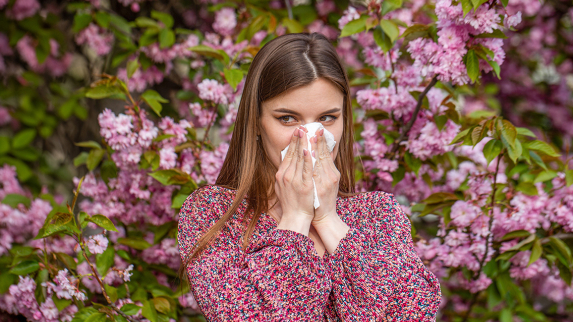If you find yourself wheezing and sneezing now that spring is here, you’re in good company. According to the Centers for Disease Control and Prevention, about one in four adults and nearly one in five children experience seasonal allergies. Catherine Monteleone, a professor and director of allergy and immunology at Rutgers Robert Wood Johnson Medical School, provides guidance on managing this allergy season.
What is expected for this year’s allergy season?
This year, the start of the spring pollen season should be average as we are still experiencing a rainfall deficit despite recent rains. However, no exact prediction can be made for the entire season until we see conditions during the next few months. For example, dry, windy days will spread more pollen. Even an average pollen season can have days to weeks with very high pollen levels.
Early spring allergies are primarily due to tree pollen, which is small and easily spread by wind, while late spring allergies are due to grass pollen. Fall allergies are due to ragweed and other weeds. Mold spores also add to outdoor allergies. To read the full story.

